Bring Your Dying Air Plant Back to Life with These Simple Tricks
Uh-oh, your beloved air plant is looking a bit worse for wear. The leaves are curling inwards and some are even turning crispy. But don’t give up hope just yet! These quirky, low-maintenance plants are super resilient, and with a few simple tricks, you can revive that sad-looking tillandsia back to its full, vibrant glory.
Still with me? Great! Let’s dive into the amazing world of air plant revival. Even specimens that seem to be kicking the bucket often have the impressive ability to produce offshoots or “pups.” Those little ones are a sure sign that your plant still has life left to give.
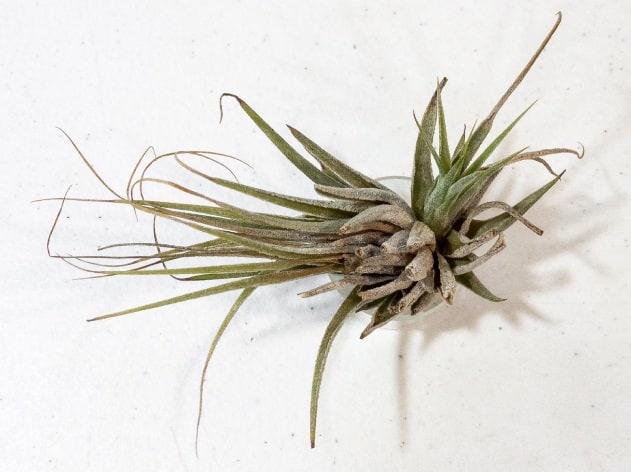
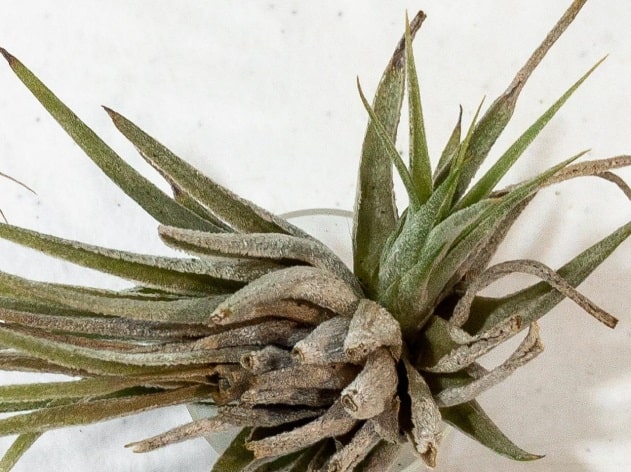
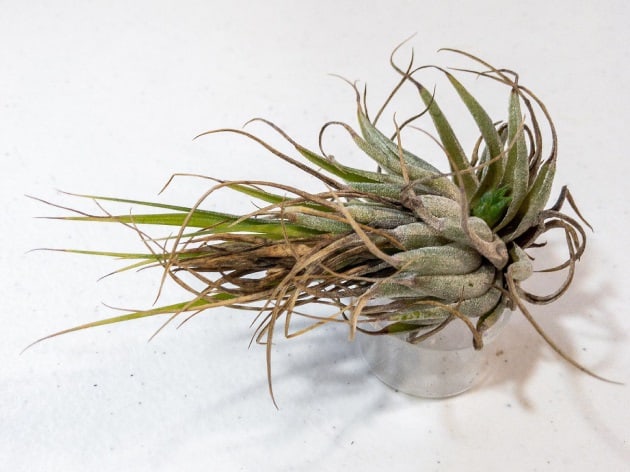
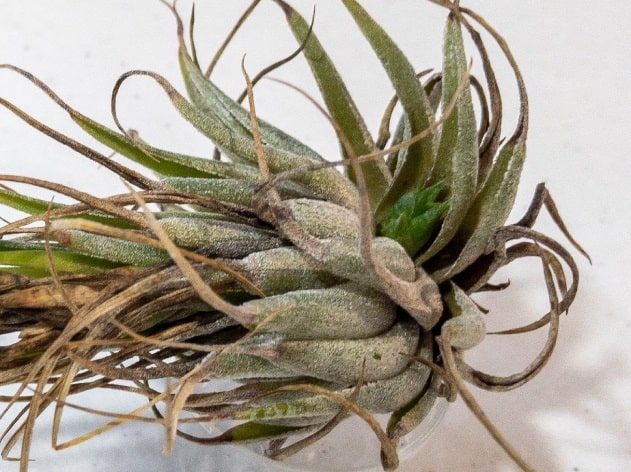
Contents
Why Are My Air Plants Drying Out?
Air plants are epiphytes, meaning they absorb moisture and nutrients from the air around them instead of soil. When they’re thirsty, their leaves curl inward to reduce surface area exposed to light and air flow – this conserves precious water. You might also notice some leaves crisping up as the plant sacrifices them to stay hydrated.
Luckily, getting an air plant’s mojo back is a total breeze! Most cases of dryness stem from lack of water or humidity. Air plants native to tropical forests need weekly mistings or soakings to make up for our dry indoor air.
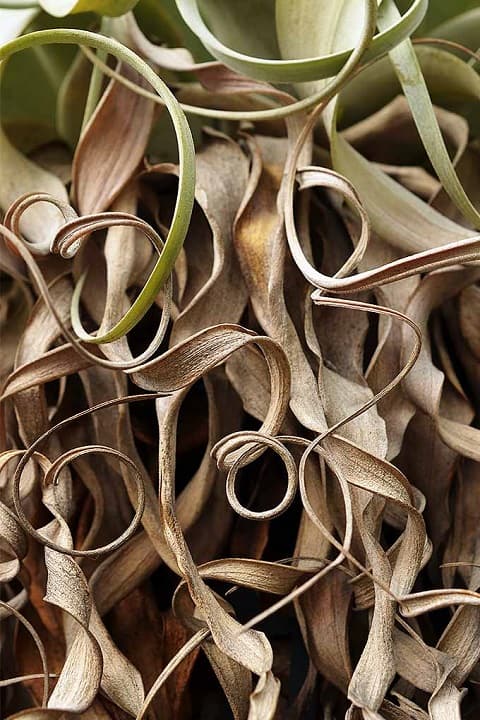
The Quick Fix for Extreme Dryness
If your plant is looking really parched and shriveled, give it an overnight bath. Yep, just plop that baby in a bowl or sink of fresh water and let it rehydrate for 12-24 hours. Do this rehydration soak 1-2 times per week until it perks back up.
After the long drink, be sure to let it fully drain and dry out. An upside-down rest on a dry towel with good air flow is perfect. Avoid direct sun right after soaking as that can burn those tender, rehydrated leaves.
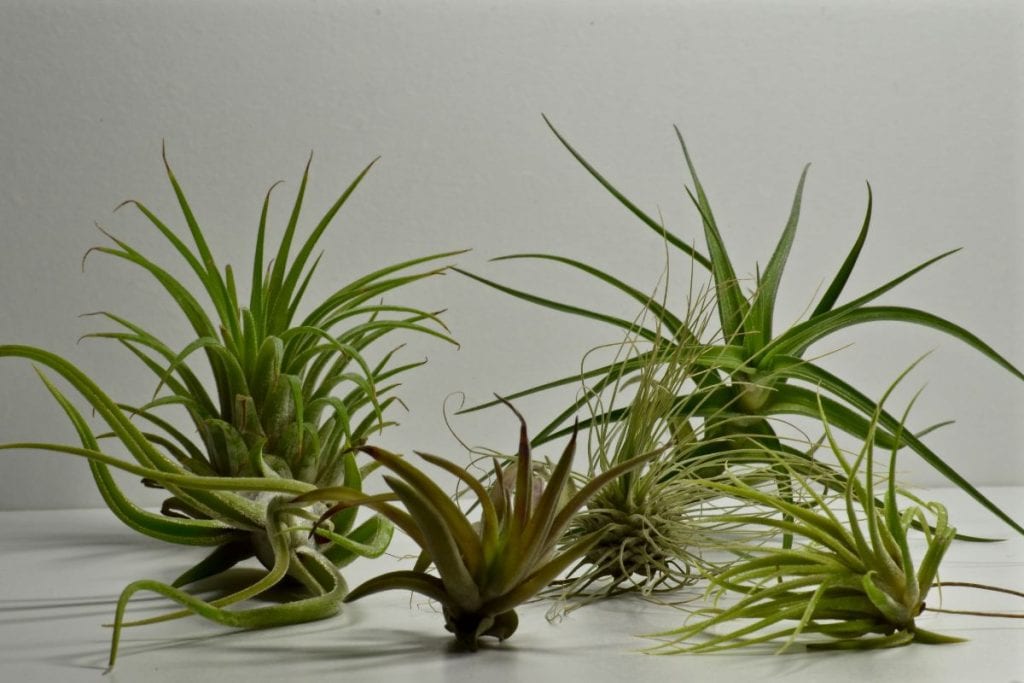
Mild Dehydration Solutions
If the tips are just starting to brown and curl, regular mistings might be all your air plant needs. Boost your misting frequency from a few times a week to once or twice daily. You can also set the planter on a pebble tray or near a humidifier to increase ambient moisture.
With just a little extra TLC, your air plant will be back to its full, funky glory in no time! The key is spotting dehydration early and adjusting its water routine accordingly. These tricks make it super easy to revive an air plant that was nearly a goner.
